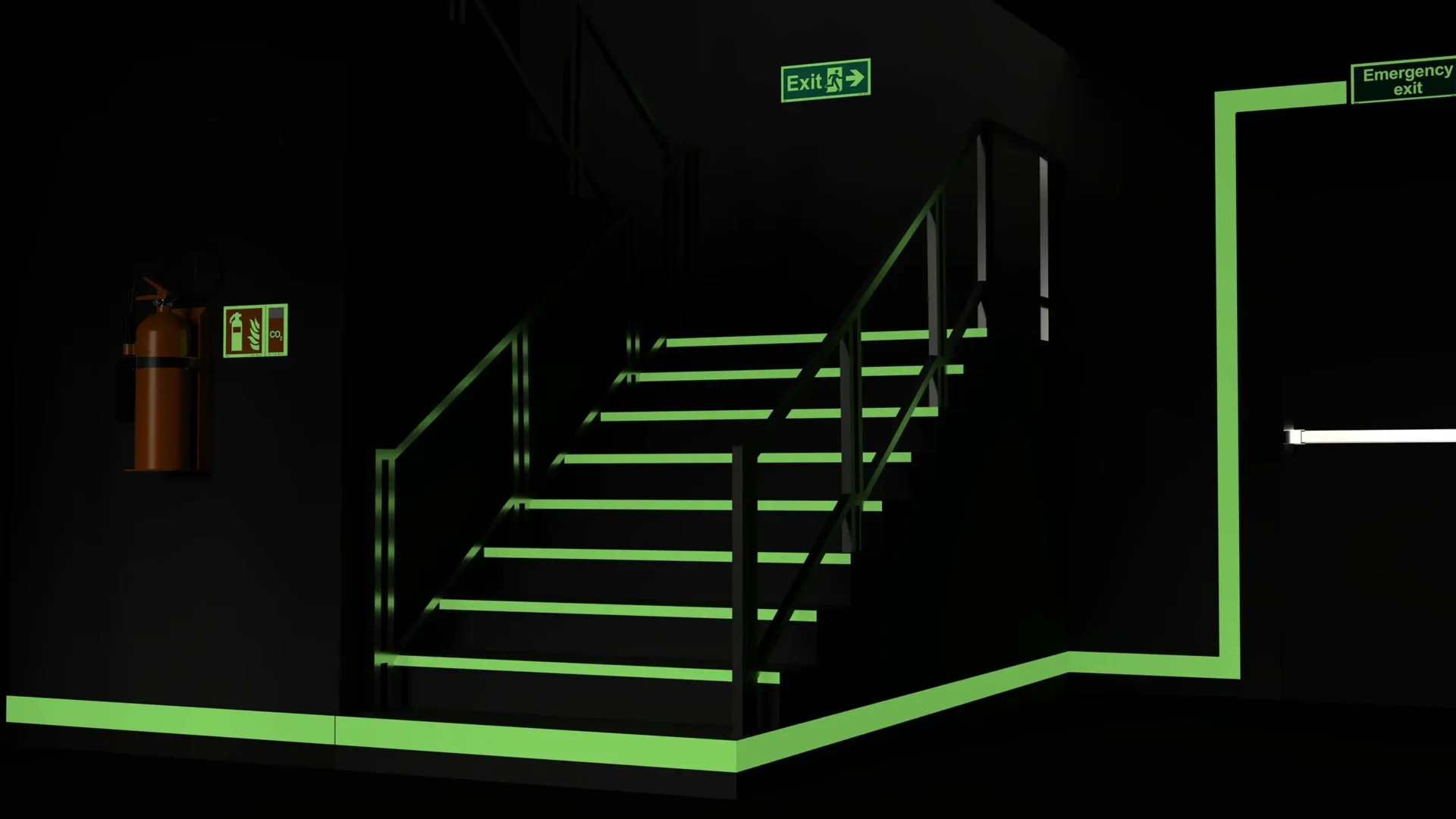
ISO 15370:2010 in Maritime Safety
In the realm of maritime safety, adhering to international standards is not just a matter of compliance, but a fundamental responsibility. ISO 15370:2010 stands as a pivotal standard in this domain, especially in the context of low-location lighting systems on ships and marine structures. This article aims to demystify ISO 15370:2010, highlighting its significance, applications, and impact on maritime safety.
What is ISO 15370:2010?
ISO 15370:2010 specifies requirements for low-location lighting (LLL) systems on passenger ships. These systems are designed to provide visible escape route marking in emergencies, especially when primary lighting systems fail. The standard covers aspects such as performance, testing, and minimum luminance, ensuring that LLL systems are effective and reliable in guiding people to safety.
Application in the Maritime Industry:
The primary application of ISO 15370:2010 is in the design and installation of LLL systems aboard passenger ships. These systems are crucial in emergencies like fires, where smoke may obscure traditional overhead lighting, making evacuation challenging. By implementing LLL systems as per ISO 15370:2010, ships can enhance passenger and crew safety, facilitating a more efficient evacuation process.
Why ISO 15370:2010 is Vital:
Compliance with ISO 15370:2010 ensures that LLL systems on ships are:
- Effectively Visible: Adequate brightness and contrast to stand out in smoky or dark conditions.
- Reliable: Durable enough to withstand various maritime environmental challenges.
- Universally Understandable: Designed with clear, standardized markings that are easily interpreted by people of different backgrounds.
Key Aspects of ISO 15370:2010:
- Performance Requirements: Establishes criteria for brightness, duration of luminance, and color specifications.
- Testing Procedures: Outlines methods for testing LLL systems, ensuring they meet safety standards.
- Installation Guidelines: Provides detailed instructions on how and where to install LLL systems for optimal effectiveness.
Accessing the Full Standard:
It’s important to note that accessing the full text of ISO 15370:2010 requires a license and can be purchased. The comprehensive details of this standard are crucial for in-depth understanding and implementation. For acquiring the standard, one can visit the International Organization for Standardization’s website or authorized dealers who provide licensed ISO standards. Ensuring you have the latest version is essential for compliance and up-to-date knowledge.
Conclusion:
ISO 15370:2010 plays an instrumental role in maritime safety by setting the bar for LLL system performance and reliability. Its adherence is not just a regulatory requirement but a proactive step towards ensuring the safety and security of passengers and crew in maritime travel. Understanding and implementing ISO 15370:2010 is crucial for shipbuilders, operators, and safety officers committed to upholding the highest standards of maritime safety.
